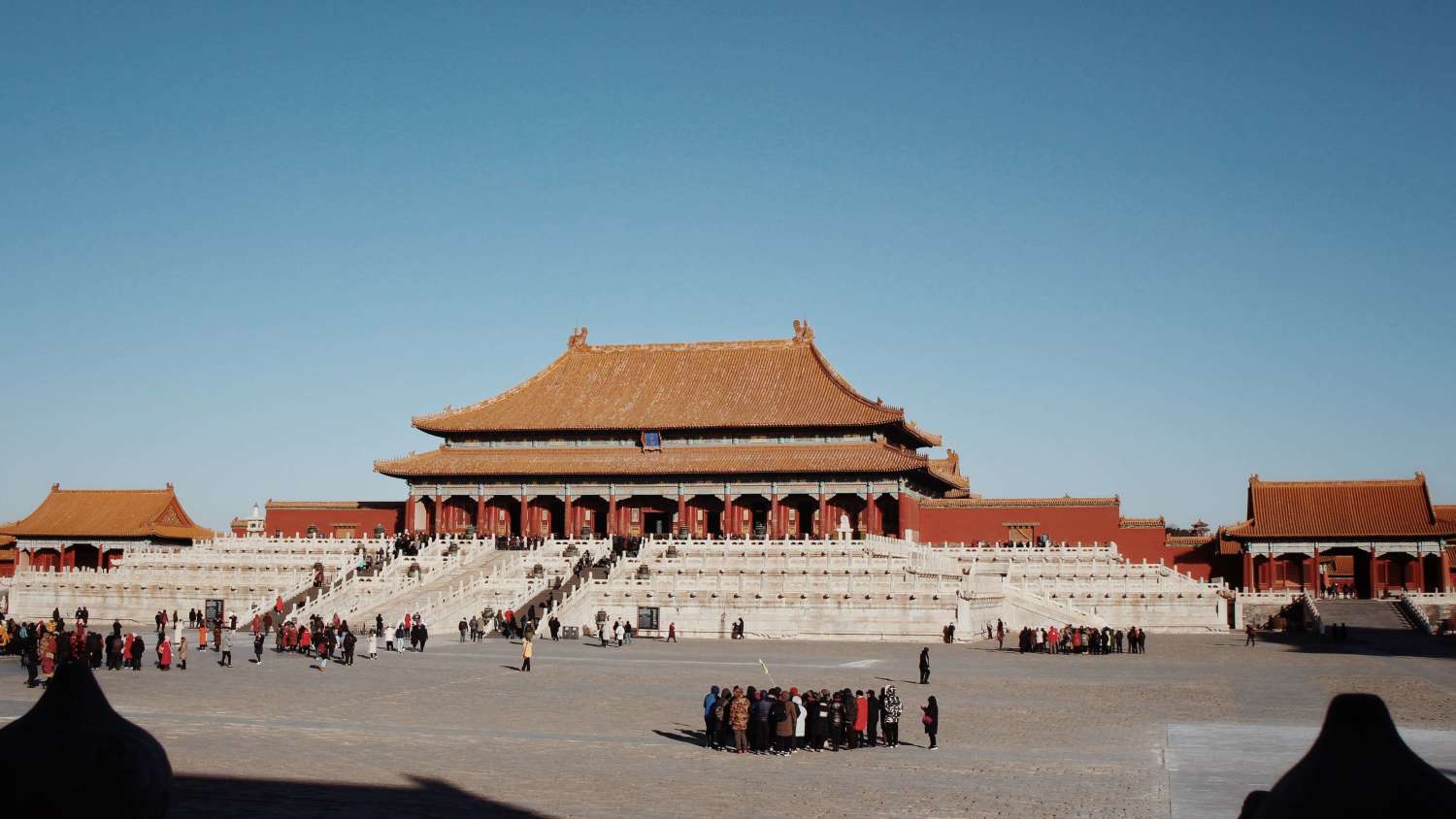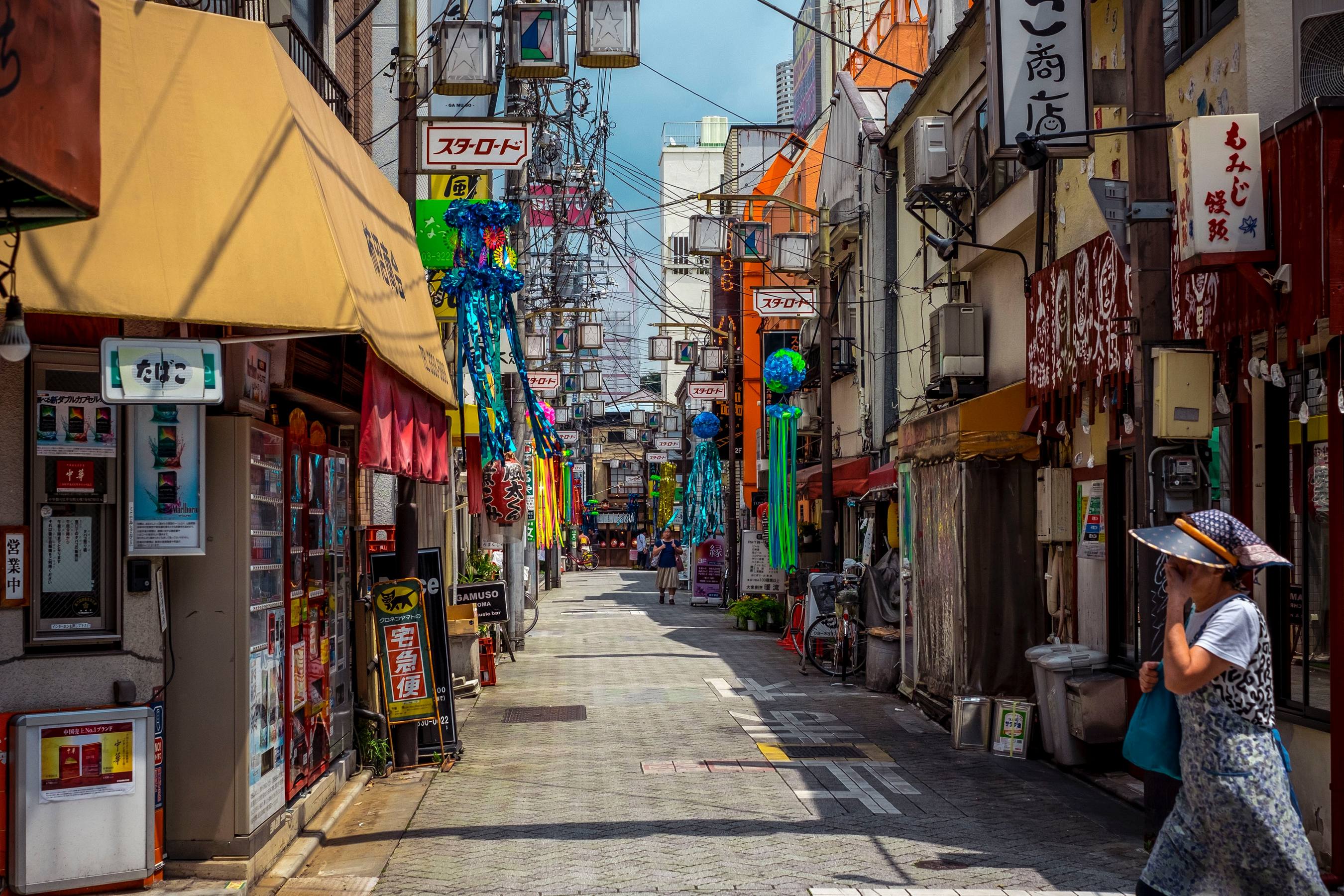For 500 years, the Forbidden City was the Chinese imperial palace and home to 24 emperors; it takes its English name from the fact that no one outside of the imperial household could visit without permission from the emperor. In Chinese, it’s most commonly called gugong, meaning “former palace.” The Forbidden City has 17 palaces, five halls and, legend has it, 9,999.5 rooms. Ten is a number reserved for the celestial emperor, so the Forbidden City must have fewer rooms than the 10,000 belonging to the palace believed to be in heaven. It covers a massive 720,000 square meters, nearly 10 times the size of Buckingham Palace. It’s an incredible site, but its sheer size means planning for your visit is a necessity. Beijing’s most popular attraction, it sees more than 8 million visitors annually.
PLANNING YOUR VISIT
Opening Hours
From November 1st to March 31st, the Forbidden City is open 8:30 a.m. to 4:30 p.m. From April 1st to October 31st, it’s open 8:30 a.m. to 5:00 p.m. Tickets are sold until an hour before closing. The site is closed Mondays. See the official website for further information on closures during pubic holidays. The best time to visit the Forbidden City is weekday mornings. Weekends and holidays, particularly October 1-3 (China’s national day is Oct. 1), are when the Forbidden City is at its most crowded as visitors also flock from China’s countryside to take in the site.
Transit
The closest subway station to the Forbidden City is Tiananmen East, exit B (the red line, no. 1). Security around the Forbidden City is very tight and the checkpoints and barricades can move at any time. The subway is the best way to reach the Forbidden City and to leave, especially as it’s difficult to flag down a cab in the immediate area. The subway is typically crowded during rush hour, but by 9:15 or so will be less crowded. If you must come by taxi, you should have your driver drop you off at the corner of Nanchizi Street (Nan Chi Zi Da Jie 南池子大街) and East Chang’An Ave (Dong Chang An Jie 东长安街).
Services
Bottled water is allowed through security. Snacks and drinks, including bottled water, are also available at a kiosk near the ticket window.
After the first three main halls, there is a café and a larger teahouse. There are also benches outside the café and teahouse, in the area between the Six Eastern Palaces and the Six Western Palaces, and in front of the Gate of Divine Prowess.
There is a bathroom that one passes on the way in from Tiananmen Square, but it’s typically quite crowded. There are toilets at both the Six Eastern and Six Western palaces and in the back part of the Forbidden City. These bathrooms are not up to Western standards but are the only options inside the area; bring your own tissues and hand sanitizer.
DON’T MISS OUR FORBIDDEN CITY WALKING TOUR
One of the best ways to experience the former imperial residence is to join one of our local scholars on a walking tour of the Forbidden City. On any given day, our focus may tend toward the architecture and symbolism of the complex, toward the political history of China and its many dynasties, or toward daily life in the court, owing to the area of expertise of our docent and the interests of the group. Regardless of our course—and, often, we pursue many—the former Imperial Palace itself provides the textbook and background for this fascinating exploration of ancient Chinese history.
West of the Gate of Heavenly Purity
Look for a low, long building that, during the latter part of the Qing Dynasty (1644-1912), was the office of the Grand Council, the emperor’s highest level of advisors. Just beside the office door is a gate leading north to the Hall of Mental Cultivation, where the emperors worked and lived in the 18th and 19th centuries. Traveling further north takes you to the courtyards which once housed the palace women—the concubines and wives of the emperor. Here you can find some furniture and artifacts from the late 19th and early 20th centuries.
East of the Gate of Heavenly Purity
To the east of the Gate of Heavenly Purity is a gate leading to the Hall of Jewelry. This exhibit requires an extra ¥10 admission fee. In addition to exhibits of imperial family jewels, one has access to the recently restored retirement palace of the Qianlong Emperor, who ruled from 1735-1796, and to a set of lovely courtyards in the Northeast precincts of the palace. Docent Jeremiah Jenne recommends “these small nooks and quiet alcoves [because they] receive far fewer visitors than the grand spaces of the Outer Palaces. One can sometimes even find oneself totally alone, imagining if only for a moment what it must have been like to have been a palace denizen in days gone by.”
FORBIDDEN CITY RESOURCES
Official website for the Forbidden City, with information on closures, exhibitions, and different routes within the space.
GLOSSARY
Gugong: Means former Palace. This is the most commonly used Chinese name for the Forbidden City.
Tiananmen Dong Zhan: Tiananmen East Station (天安东门站), the station where our scholar-led Forbidden City visit meets.
Taiheimen: The Gate of Supreme Harmony—the second major gate encountered when one enters the Forbidden City from the south—is where the Ming Dynasty emperors held morning court.
Wumen: The Meridian Gate is the Forbidden City’s largest, with five arches. The center arch was for the emperor alone; the exceptions were the empress, who could pass through only on her wedding day, and the top three scholars who, following the civil service exams, were allowed to leave through it.
Yangxin dian: The Hall of Mental Cultivation, in the inner courtyard of the Forbidden City, was home to the emperor’s bedroom. Three emperors died here.
FORBIDDEN CITY TIMELINE
The Forbidden City is built on the central north-south axis, which even today remains Beijing’s central axis.
1406 – Construction on the Forbidden City begins, takes 15 years and a million workers.
1421 – Construction completed, Zhu Di, son of the Hongwu Emperor, moved the capital from Nanjing (lit. “southern capital”) back to Beijing (lit. “northern capital”) and moves in to the Forbidden City.
1664 – Rebel forces capture the Forbidden City but are soon beat out by a former Ming general and the Manchu Forces. In the ensuing battle, parts of the Forbidden City go up in flames. The Qing Dynasty succeeds the Ming Dynasty and its emperor changes the names on some of the Forbidden City’s buildings.
1860 – As the Second Opium War raged, Anglo-French forces occupied the Forbidden City.
1900 – During the violent anti-foreign Boxer Rebellion, The Eight-Nation Alliance—Austria-Hungary, France, Germany, Italy, Japan, Russia—occupied the Forbidden City.
1912 – Puyi, the last emperor of China, abdicates the throne and the Forbidden City ceases to be Beijing’s political center. 1937—The Japanese overtake the Forbidden City during the Sino-Japanese war.
1925 – Forbidden City becomes a museum called the Palace Museum
1966 – To save it from destruction, all of the Forbidden City’s gates are closed off until 1971
1987 – Forbidden City is added to UNESCO’s World Heritage list
2000 – Starbucks opens in the Forbidden City but closes in 2007 following objections
2013 – Michelle Obama visits Forbidden City
Want to learn with a true expert? Get a comprehensive view with one of Context's private or small group tours in Beijing!













